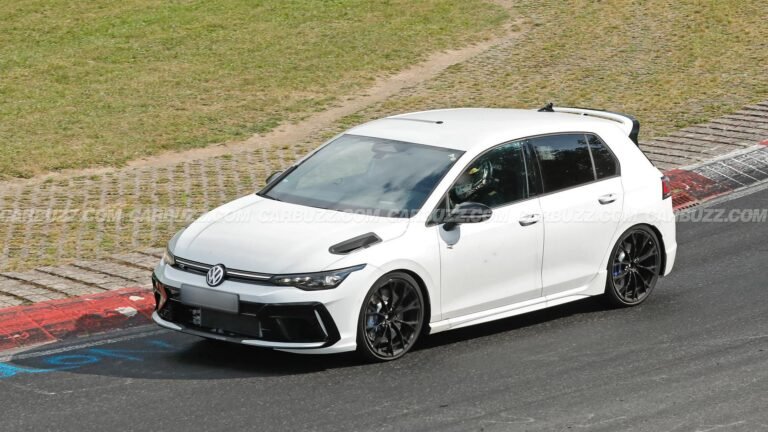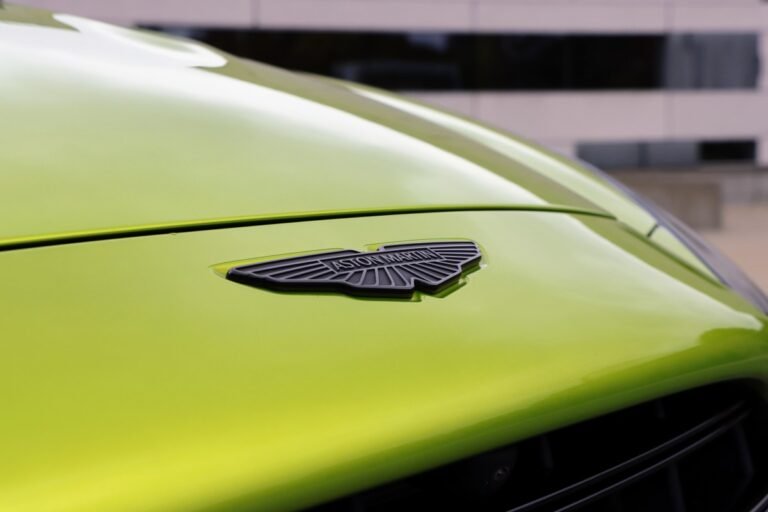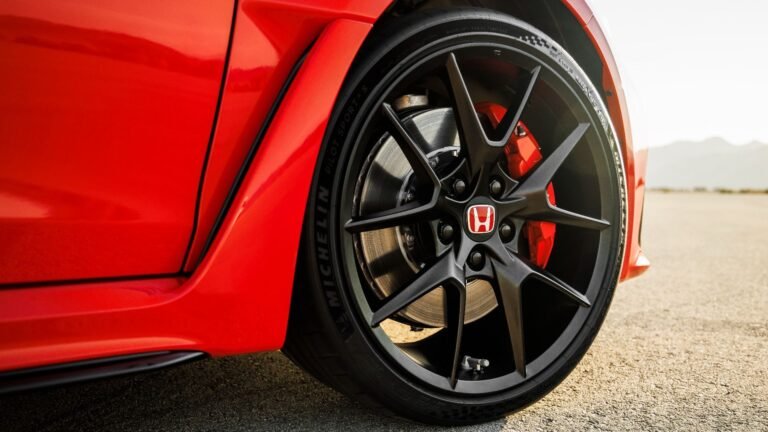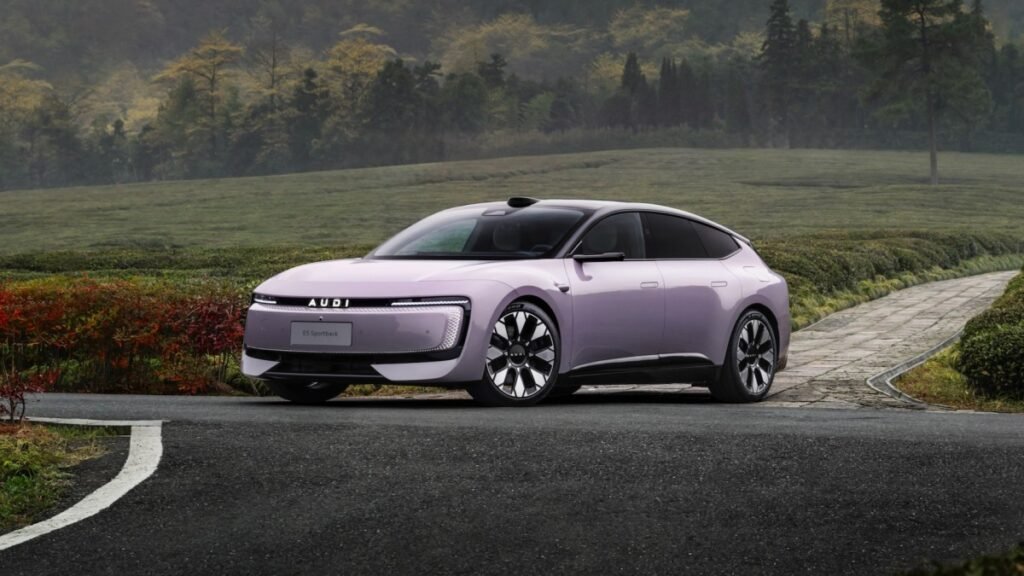
Joint Venture EV Enters Production
There’s a new side of Audi than the familiar German luxury brand that we all know—one that uses all caps. Under a joint venture with Chinese automaker SAIC, Audi is essentially relaunching itself in that market with new models, different styling, and a dedicated production facility. And while the brand name is the same, it’s spelled “AUDI” to distinguish it from the parent Euro version.
The first product of this joint venture, the AUDI E5 Sportback, started rolling off the production line August 18, according to an Audi press release. Customers in China can now pre-order this electric vehicle, with the first deliveries scheduled for September. Audi already sells a few electric models in the United States, so are we missing out on anything?
Reimagined Electric Wagon
Audi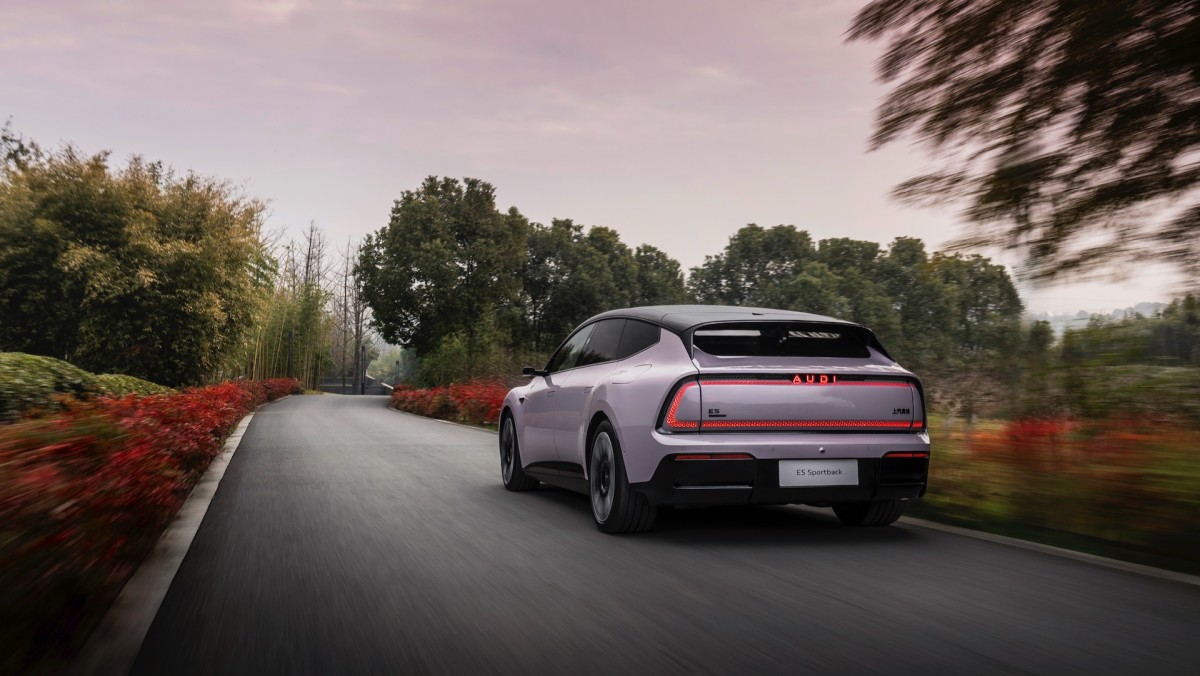
Unveiled in April, the E5 Sportback hews closely to the AUDI E concept that debuted last year. The wagon-like proportions create some resemblance to Audi Avant models, but the flat front end is a major departure from the automaker’s “single frame” grilles. It’s ringed by more than 1,000 individual lighting elements, according to Audi, and incorporates the same Matrix LED tech the automaker uses in other markets.
Measuring 192.1 inches long, 77.1 inches wide (without mirrors), and 58.1 inches tall, the E5 Sportback is about two inches shorter, two inches narrower, and half an inch lower than the European-market Audi A6 Avant e-tron, which features Audi’s more traditional design language. However, the two wagons share a 116.1-inch wheelbase.
Instead of the Premium Platform Electric (PPE) used by the A6 e-tron, and most of Audi’s forthcoming EVs for the U.S. and Europe, the E5 Sportback uses an architecture called the Advanced Digitized Platform (ADP), co-developed with SAIC. Like PPE, ADP incorporates an 800-volt electrical architecture for faster charging. Audi claims the E5 Sportback can recover up to 230 miles of range in 10 minutes of charging.
Up To 764 HP
Audi
Audi plans to offer four versions of the E5 Sportback in China. The base Pioneer version has a single-motor rear-wheel drive powertrain generating 295 horsepower and a 76-kilowatt-hour battery pack delivering an estimated 384 miles of range on China’s CLTC testing cycle. It’s priced at 235,900 yuan; approximately $32,844 at current exchange rates. A Pioneer Plus model upgrades to 402 hp and 100 kWh, giving it a CLTC-estimated range of 480 miles, for 269,900 yuan ($37,577).
Two dual-motor all-wheel drive versions are also available. The Pioneer Quattro generates 517 hp and has an 83-kWh pack good for 387 miles on the CLTC cycle. The top Flagship Quattro has a 100-kWh pack like the Pioneer Plus, but CLTC-estimated range drops to 402 miles while power increases to 764 hp, getting it from zero to 62 mph in an Audi-estimated 3.4 seconds. The Pioneer Quattro costs the same as the Pioneer Plus, while the Flagship Quattro starts at 319,900 yuan ($44,539).
Plenty Of Tech
Audi
Inside, customers will find a 27-inch panoramic screen stretching from roof pillar to roof pillar, with 4K resolution and a voice assistant from TikTok parent ByteDance that Audi says will offer natural-language processing and programmable behavior. The operating system is Audi’s own, running on the Qualcomm Snapdragon 8925 automotive chipset, capable of 30 billion operations per second, according to Audi.
For driver-assist, the E5 Sportback is equipped with 29 sensors, including a lidar unit, three radars, 11 cameras, 12 ultrasonic sensors, and a handful of others. This will enable features like adaptive cruise control with automated lane changes and traffic-light recognition, and automated parking that can memorize spaces.
It’s Different, But Is It Better?
Audi
As CarNewsChina points out, the E5 Sportback is manufactured in China at the SAIC Volkswagen Automotive Co. joint-venture plant in Shanghai, with major components sourced from other Chinese firms, including LFP battery cells from CATL. Given the current tariff regime, it wouldn’t make financial sense to export it to the U.S. But it’s unclear that we’d be missing much.
Audi expects the U.S.-market A6 Sportback e-tron to get up to 392 miles of range on the more-stringent EPA testing cycle, while the S6 e-tron comes within a few tenths of the E5 Sportback’s acceleration time, at 3.7 seconds to 60 mph. The A6 e-tron is more expensive—pricing starts at $67,195 for a single-motor version—but China-market incentives likely make up some of that price difference.
And while Audi plans to launch additional Chinese AUDI models in 2026 and 2027, the automaker’s PPE architecture leaves plenty of scope for additional U.S.-market models. Just don’t expect any of them to be wagons as, despite strong sales of the gasoline RS6 Avant, they just aren’t popular enough in the U.S.
